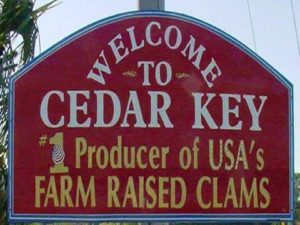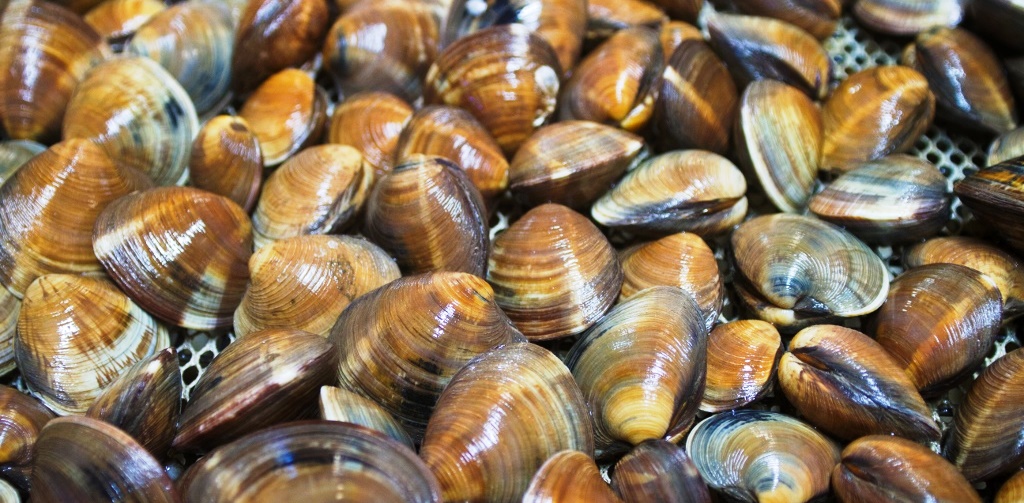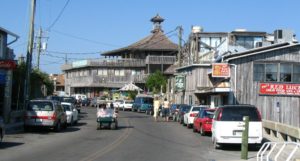Long-time readers of REVITALIZATION know that we are big fans of shellfish aquaculture and mariculture. Unlike fin fish aquaculture, like the notorious salmon farms, shellfish farms don’t pollute the water with nutrients, antibiotics, or pesticides.
That in itself would make them sustainable. But shellfish farming goes beyond merely sustainable: it’s actually restorative. It doesn’t just not pollute; it cleans existing pollution.
Shellfish like clams and mussels don’t need to be fed: they are filter feeders, so they take their nutrients from the ambient water. This means that every time you harvest them, you’re exporting nutrients from the water. Unlike our animal bodies, bodies of water prefer fewer nutrients, not more. In water, excess nutrients are synonymous with pollution.
A major part of the heritage of beautiful Cedar Key, Florida (due east of Gainesville) is its working waterfront.
But that heritage almost disappeared after 1994, when gill-entanglement nets were banned to help save Florida’s fisheries from total devastation. While necessary, it meant that many traditional fishing families lost their livelihoods.
They are being saved by the humble clam. When my wifee Maria and I (Storm) were in Cedar Key a in 2015, delicious, locally-produced clams were on all the local menus.
After the net ban, a retraining program helped fishermen transition into clam farming. Though more regulated than their forefathers’ fishing careers, clamming kept them on the water, since farmers raise their product on underwater acreage leased from the state.

Photo courtesy of Clamtastic Seafood.
“Clams revitalized this coastal community by allowing fishing families to remain connected to the sea,” says Leslie Sturmer, a shellfish aquaculture specialist with the University of Florida’s Institute of Food and Agricultural Sciences. Sturmer managed the retraining effort, and she tends her own clam leases on weekends.
Situated at the confluence of the Suwannee River and the Gulf of Mexico, Cedar Key’s brackish, nutrient-rich water is ideal for clam farming. Within just a decade, the community became one of America’s top clam producers.
In the process of reinventing itself, Cedar Key has helped redefine seafood farming, just as mussel farming famously did on Canada‘s Prince Edward Island.
Featured photo of clams courtesy of Cedar Key Seafarms.


